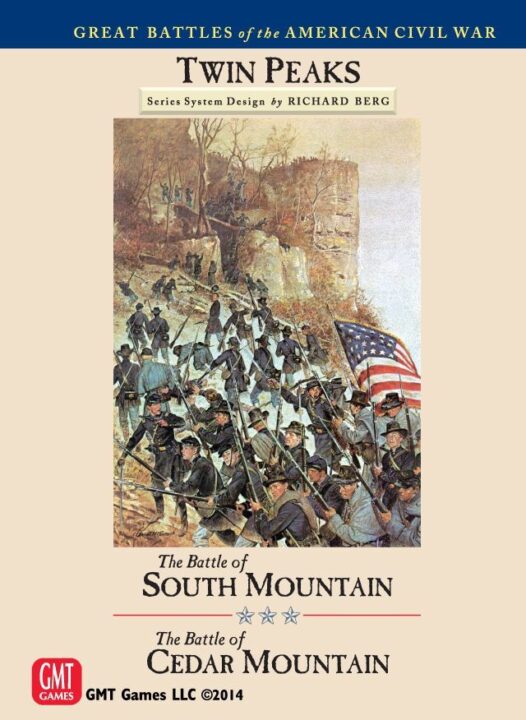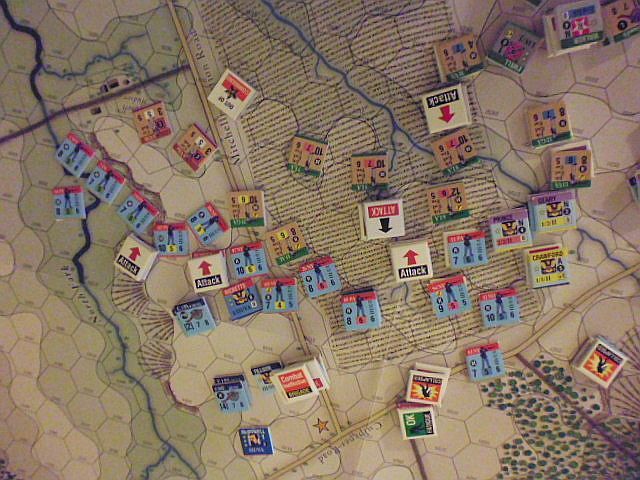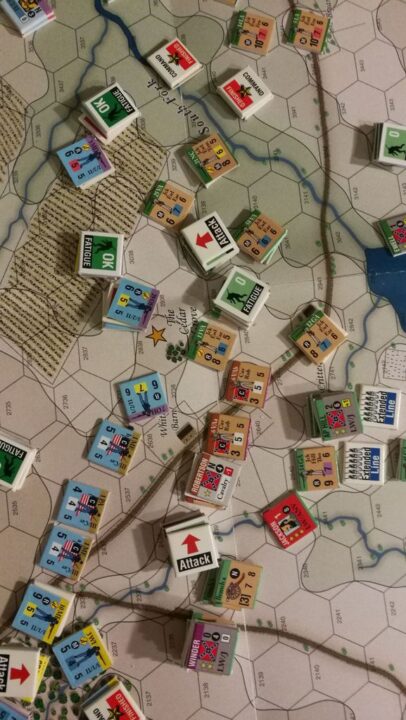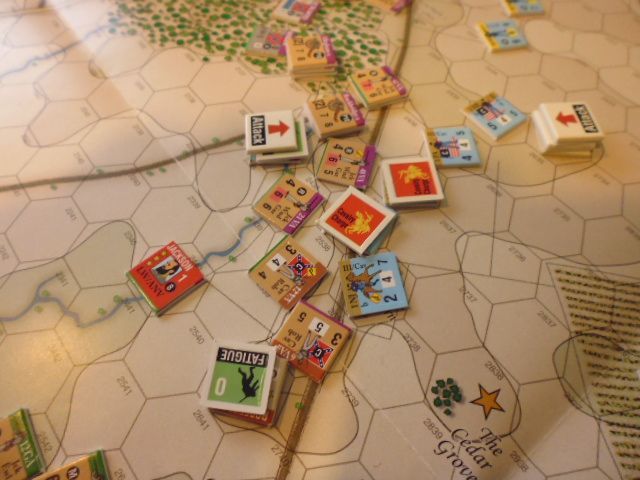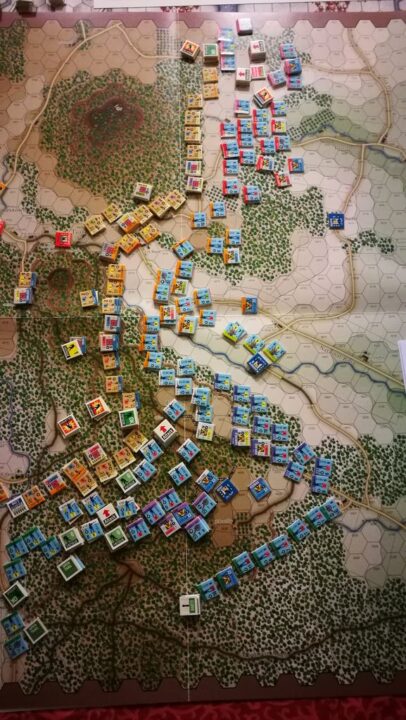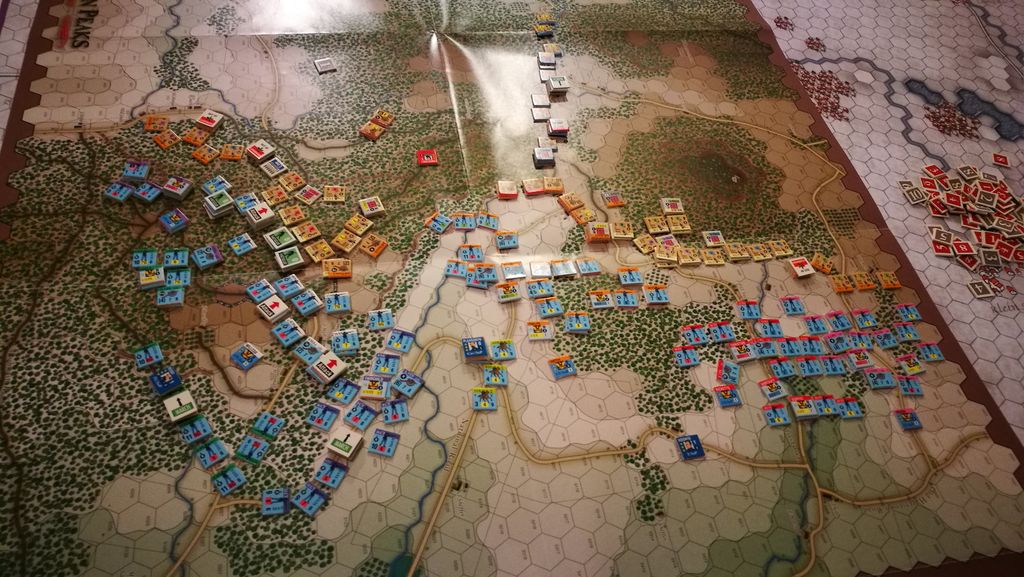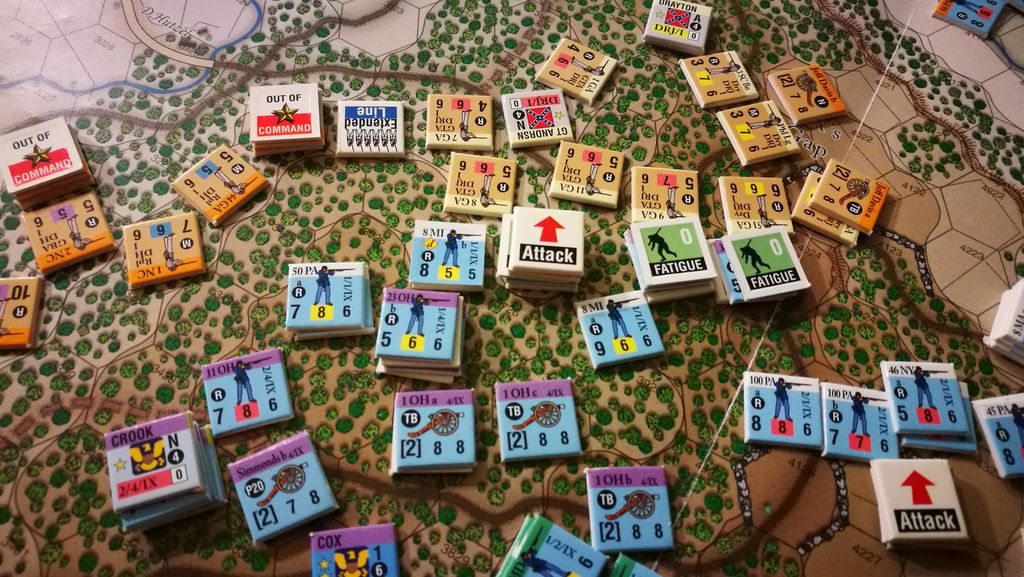Hey folks! Today, we’re diving into the quirky and mysterious world of Twin Peaks – the board game. This review will uncover the game’s theme and atmosphere, delve into its mechanics, assess its balance and fairness, and evaluate its replayability. So grab a donut and a cup of coffee; let’s see if this game is worth getting lost in the woods for!
How It Plays
Setting up
Start by laying out the game board and placing the various tokens on their designated spots. Each player selects a character, each with unique abilities. Ensure all players have their corresponding character cards and starting items. Place the clue tokens and Dream Sequence cards within reach. Shuffle the investigation cards and place them face down.
Gameplay
The game consists of turns where players explore the board, collect clues, and interact with other characters. On each turn, players perform actions like moving, investigating locations, or using character abilities. Drawing a Dream Sequence card can reveal new plot twists and scenarios that influence gameplay. Players must work together to uncover the mystery while dealing with various challenges thrown their way.
Winning the game
To win, players must solve the central mystery by gathering enough clues and correctly interpreting them. This often involves a final showdown with a hidden antagonist. If the players can successfully complete this final task, they win the game. However, if they fail, or if too many setbacks occur, the dark forces of Twin Peaks prevail, and the game is lost.
Want to know more? Read our extensive strategy guide for Twin Peaks.
Themes and Atmosphere in Twin Peaks Board Game
If you’ve ever watched Twin Peaks, you know that David Lynch’s world is quirky, dark, and downright weird. The board game nails that vibe like you wouldn’t believe. My friends and I felt like we’d stepped right into the Red Room. My buddy Gary even started talking backward! The game oozes atmosphere; every detail screams ‘Twin Peaks’. And don’t get me started on the artwork. The characters and locations look straight out of the show. It’s like they put a piece of Lynch’s mind onto the board.
Now, the game isn’t just a bunch of pretty pictures thrown on a board. The narrative elements are so tight, it’s like you’re living an episode. You get caught up in the mystery of Laura Palmer’s death. Each card flip and dice roll adds to the tension. You find yourself making decisions that feel heavy. This isn’t just a game; it’s an experience.
But here’s the kicker—sometimes, the mood gets too heavy. One of my friends, Jenna, felt it got a bit too dark. It’s not for the faint of heart. If you don’t enjoy being creeped out, this may not be your cup of damn fine coffee. Still, for fans of the series, it’s a dream come true. Harold Smith would be proud.
The next discussion point will be about 2. Game Mechanics, where we’ll decode how everything ticks and tocks in this bizarrely wonderful world.
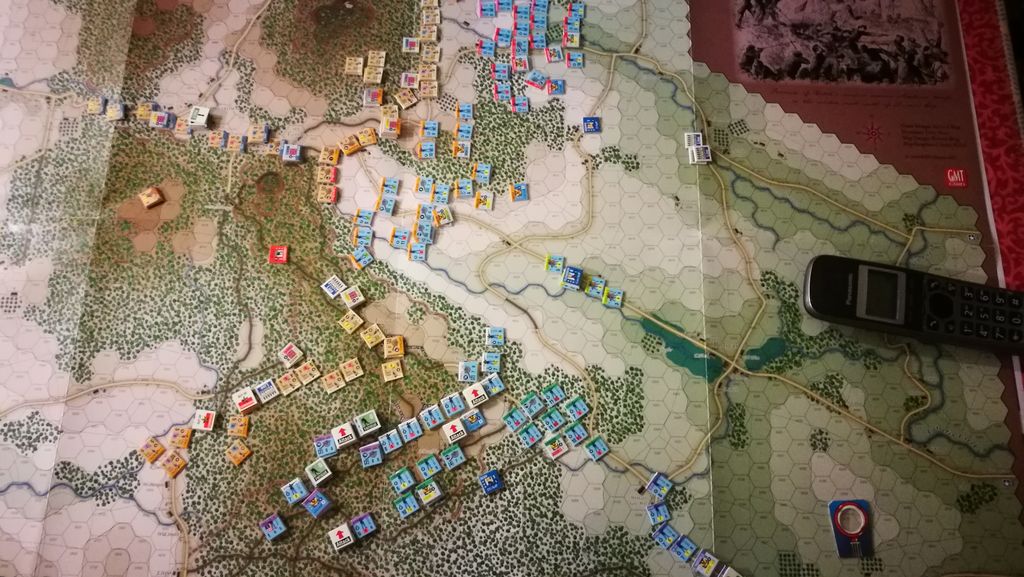
Exploring the Mechanics of Twin Peaks
Alright folks, let’s get into the nitty-gritty of the game mechanics in the Twin Peaks board game. First off, this game makes you feel like you’ve waltzed right into David Lynch’s bizarro world. The mechanics combine strategy and storytelling in a way that’s as twisted as the town itself.
You and your friends take on roles of iconic characters like Agent Cooper or Laura Palmer. Each character card has unique abilities, which adds a fun twist. My buddy Dave played as Agent Cooper and couldn’t stop raving about his coffee-fueled detective skills. He even brought his own coffee thermos to the game night. Classic Dave!
One mechanic that stands out is the “Dream Sequence” cards. These cards can turn the game on its head, throwing in surprise elements and unexpected challenges. You might find yourself in the middle of a Log Lady riddle or a run-in with Bob. It’s a wild ride, making each game session feel fresh.
Clue tokens are scattered around Twin Peaks, and players need to collect them to unravel the mystery. Sounds simple? Not so fast. The game introduces a “Fog of Mystery” mechanic, which hides clues and throws red herrings your way. It’s a balancing act between logic and intuition.
Movement is action-based, and you can only perform a limited number of actions per turn. This makes every move count, and trust me, you’ll be second-guessing every decision. It’s like playing chess in an eerie, fog-filled forest.
If you think that was a rollercoaster, wait until we dive into the next section on balance and fairness! Stay tuned.
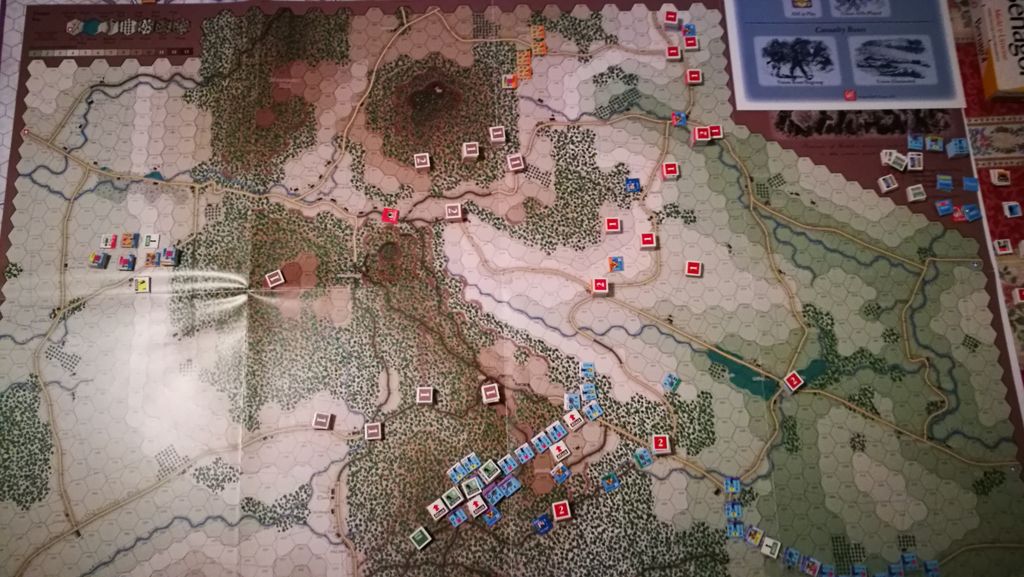
Balance and Fairness in the Twin Peaks Board Game
When it comes to balance and fairness in the Twin Peaks board game, it’s crucial for a satisfying experience. This game does a pretty solid job, but there are a few hiccups. Whether you play as an investigator or one of the dark forces at work, each role feels distinct and rewarding. But there’s a bit of a learning curve, folks!
One thing we noticed is that the game slightly tips in favor of the dark forces. As the Black Lodge agent, you can mess with the investigators’ plans just enough to make them pull their hair out. This can be fun if you’re on the chaotic side, but it can also feel a tad unfair to the other players who are just trying to solve the mystery.
Another aspect of balance is the randomness factor. Now, you know I can’t stand when luck plays too big a role. In Twin Peaks, there is some randomness with drawing Event and Dream Sequence cards. Sometimes, you’ll draw something that can swing the game drastically, making strategy feel secondary to sheer luck. This can throw off the fairness for players who prefer a more tactical approach.
Despite these issues, the game manages to keep things engaging and doesn’t fall completely off the fairness wagon. It’s just enough to keep you on edge, but not too much to make you flip the table—unless you’re really, really upset.
Brace yourself, because next we are diving into the realm of replayability and how Twin Peaks keeps you coming back for more.
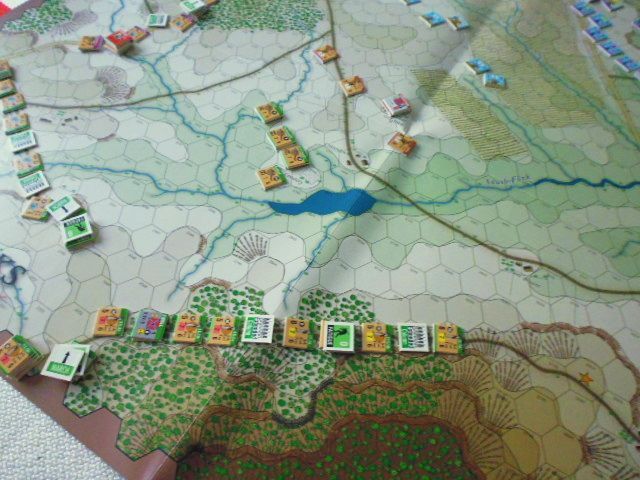
Replayability in the Twin Peaks Board Game
Alright folks, let’s talk about replayability in the Twin Peaks board game. Now, you might be thinking, ‘Is this a game I’ll want to return to, or will it gather dust on the shelf next to Monopoly?’ Well, grab your damn fine coffee and let’s find out!
First off, the game does a fantastic job of keeping you engaged with its multiple story arcs. Just when you think you’ve got the game figured out, WHAM, a new storyline or event card changes the whole dynamic. It’s like binge-watching the show all over again, but with friends and dice.
Speaking of variety, the character choices also add to the replayability. Each character has unique abilities that can drastically change how you approach the game. Maybe this time you’re Agent Cooper, perhaps next time you’re Sheriff Truman. Who you play can shake things up in unexpected ways.
Another huge plus is the unpredictability of the investigations. There’s a stack of investigation cards, each presenting different challenges, clues, and twists. You’ll rarely have the same experience twice, which keeps things fresh and exciting. I mean, who doesn’t love a good plot twist?
But alas, not everything is a bed of roses in Twin Peaks. Some might find the luck element in drawing cards a tad annoying. It’s not a deal-breaker, but worth noting if you hate leaving things to chance.
So, do I recommend the Twin Peaks board game? Heck yes! It’s a must-have for fans of the show and anyone who loves a good mystery game with high replay value. Just remember, the owls are not what they seem.
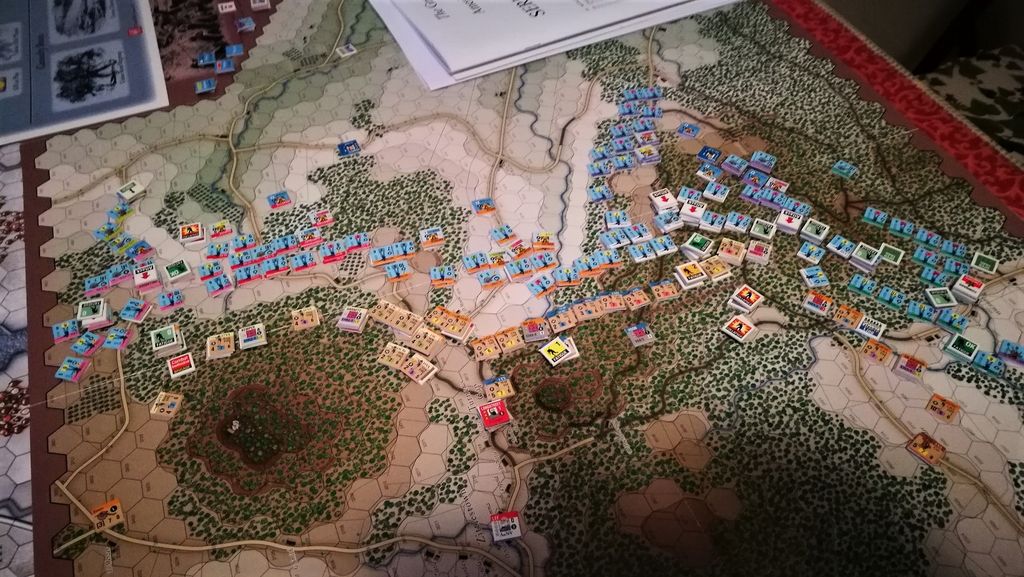
Conclusion
Wrapping things up, Twin Peaks board game truly brings a unique vibe to the table. The game’s atmosphere captures the eerie charm of David Lynch’s universe. The mechanics offer plenty of engaging moments, though a bit of luck is involved. Some might find this luck factor a tad annoying, but it doesn’t overshadow the overall experience.
The game is well-balanced, keeping players on their toes with its fair distribution of roles. Replayability shines brightly here, with numerous story arcs and unpredictable elements. Every playthrough feels fresh and exciting. So, if you’re a fan of Twin Peaks or looking for an intriguing game night experience, this one’s worth a go!

